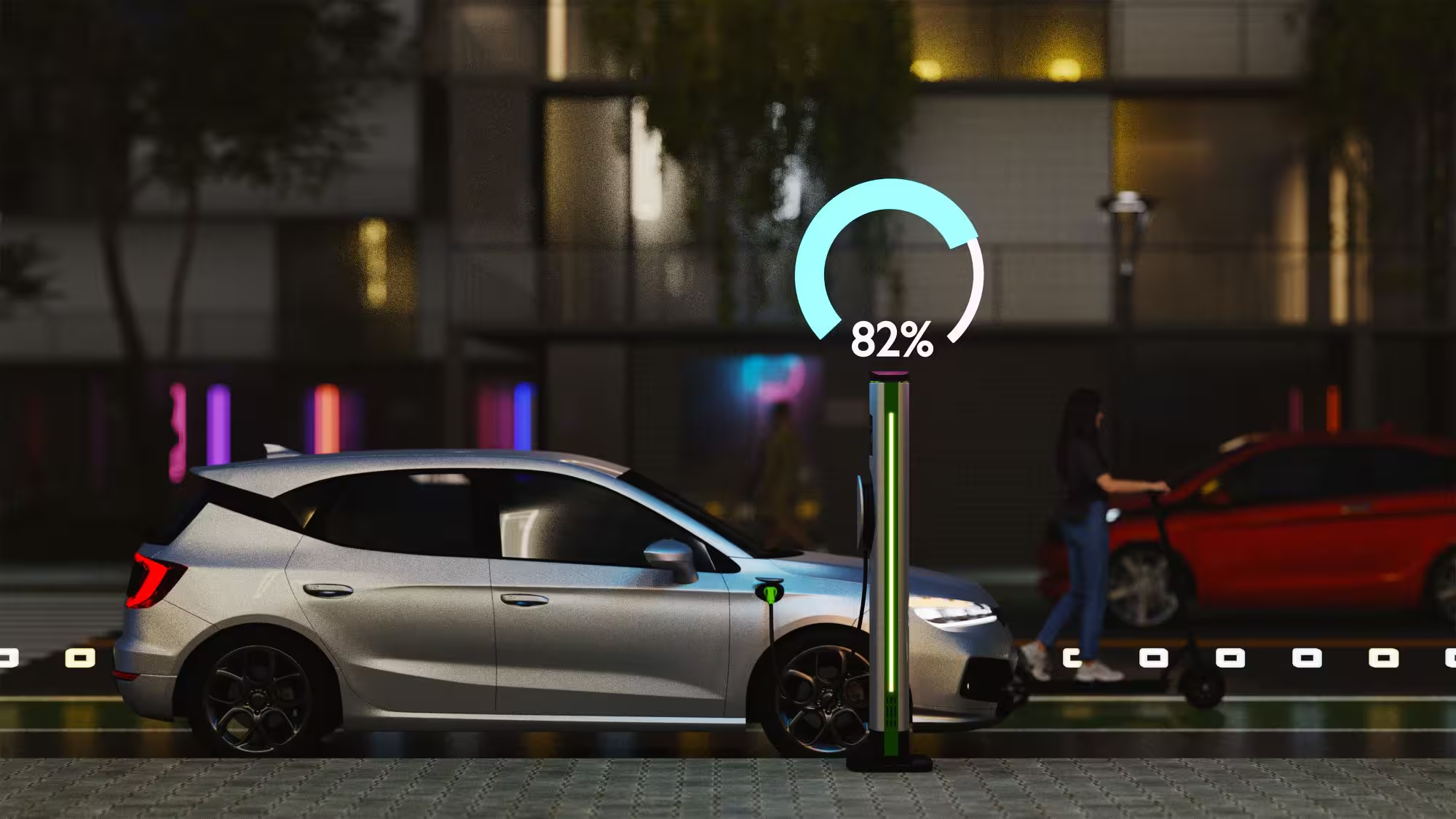Inductive Power Transfer for wireless Electric Vehicle (EV) charging

Decarbonizing road transport with ultra-low emission vehicles (ULEVs), including electric vehicles (EVs), is essential for the UK to meet its climate goals and improve air quality, especially in large cities like London. However, the current batteries in EVs have a much lower energy density compared to traditional fossil fuels, which limits how far these vehicles can travel on a single charge. Without major breakthroughs in battery technology, the solution is to make EV charging more frequent and convenient to help them become the primary choice for clean transportation.
This project introduces a unique approach using nanocrystalline core-based coils for inductive power transfer (IPT), making it possible to wirelessly charge EVs. It’s the first to combine advanced frequency and duty ratio control with a dual-active bridge (DA-IPT) design. The goal is to create a system that achieves over 92% efficiency, with a prototype that will be built and tested. This includes creating simulation models and design tools to optimize performance. The next phase involves developing an 11 kW prototype, which could attract industrial investment.
If successful, this project will validate the theoretical advantages of its innovative design and lay the groundwork for further research. This includes exploring two-way power flow for vehicle-to-grid (V2G) technology, enhancing the durability of the system, and ensuring electromagnetic compatibility (EMC). It aims to set a solid foundation for future improvements, making wireless EV charging more efficient and practical for widespread use.
Long Teng is a member of the Department of Engineering. This project is also a part of the Cambridge University Nanjing Centre of Technology and Innovation.
